2,500 meters UNDER THE SEA!
"The sea is everything. It covers seven-tenths of the terrestrial globe. Its breath is pure and life-giving. It is an immense desert place where man is never lonely, for he senses the weaving of Creation on every hand. It is the physical embodiment of a supernatural existence... For the sea is itself nothing but love and emotion. It is the Living Infinite, as one of your poets has said. Nature manifests herself in it, with her three kingdoms: mineral, vegetable, and animal. The ocean is the vast reservoir of Nature."
Jules Verne, "Twenty Thousand Leagues under the Sea"
In his novel, first published in 1870, Jules Verne stated that nature manifests itself in the ocean with the three basic kingdoms consisting of minerals, vegetable and animals. Well, do these three kingdoms equally manifest themselves in each layer of the ocean?
LIGHT CAN ONLY REACH A MAXIMUM DEPTH OF 200-300 METERS IN THE OCEAN...
The average depth of the oceans is 4,000 m. Light can be observed up to 200-300 meters of depth. In this first layer called the “Epipelagic” zone, fish species and plants that we know maintain their lives. This layer dominated by sunlight hosts mainly the phytoplankton that have the ability to photosynthesize. Phytoplankton is at the start of the marine food chain, and many marine organisms we know are part of this food chain. Due to the refraction and reflective effects of water, the solar rays can reach a maximum of 200-300 meters, and it is a complete darkness below this depth. In these dark regions of the ocean, zooplankton have their light displays; different kinds of zooplankton produce light to attract their prey or to protect their enemies, which is called bioluminescence. When we go down to a depth of 1,000 meters, we can encounter the giant cuttlefish, one of the main characters of sea legends. These animals, believed to have been a legend for many years, live in the dark seas. About 1,500 meters below, we see the light of another sea monster; an anglerfish is waiting for its prey by turning its light on. As we go down to 2,000 meters, we recognize the Dumbo Octopus that looks just like the ears of Disney’s cute elephant Dumbo. There is a totally different life around the hydrothermal vents at a depth of 2,500 meters. The tubeworms that survive in symbiosis with chemosynthetic microorganisms are the dominant species of these ecosystems.
CHEMOSYNTHESIS INSTEAD OF PHOTOSYNTHESIS
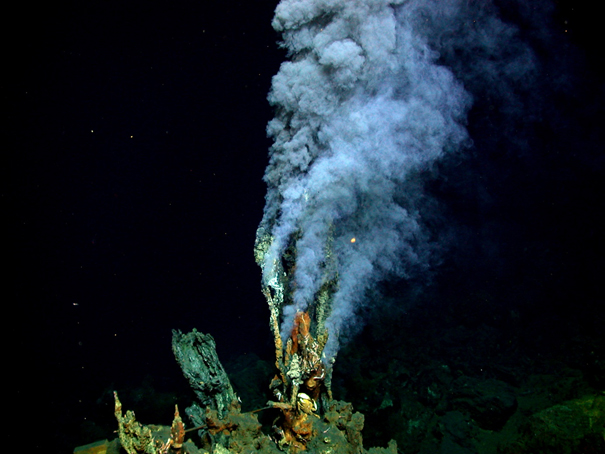 An example of hydrothermal vents on the ocean floor
An example of hydrothermal vents on the ocean floor
METU DIVES to 2,500 meters IN THE PACIFIC OCEAN
>Assist. Prof. Mustafa Yücel, from the METU Institute of Marine Sciences, and his graduate student Batuhan Çağrı Yapan are participating in a research expedition to a submarine mountain range called the East Pacific Rise that houses hydrothermal resources by the US scientific deep-sea research submersible Alvin and its main vessel Atlantis. Mustafa Yücel, an expert in geochemistry and molecular biology, and METU Institute of Marine Science graduate student will explore the role of hydrothermal resources in the chemical cycles of oceans and in the climate identification and reveal the dynamics of chemosynthesis-based ecosystems in integrated biogeochemical-genetic methods.
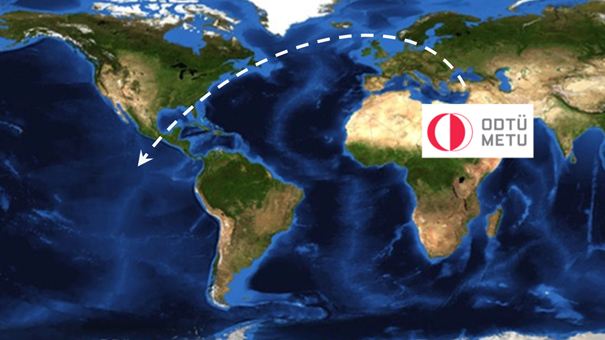 Araştırmanın yapılacağı Doğu Pasifik Sırtı
Araştırmanın yapılacağı Doğu Pasifik Sırtı
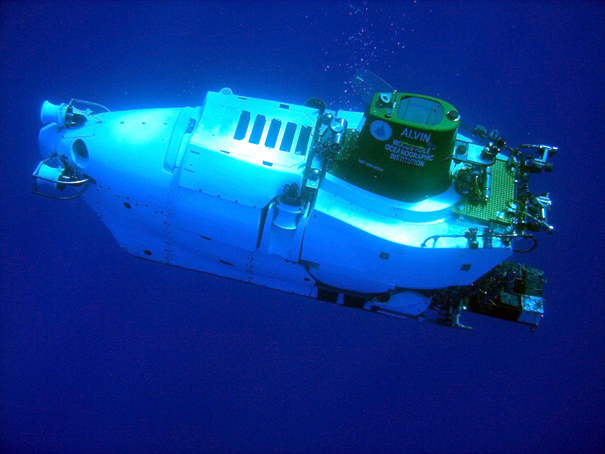
Alvin Deep-Ocean Research Submersible
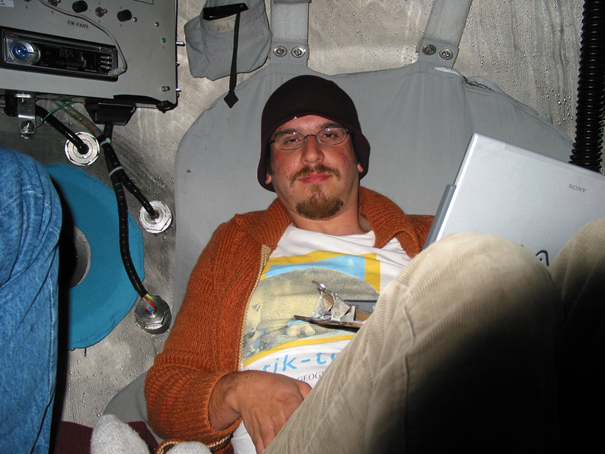
Assist. Prof. Mustafa Yücel- from a previous study in the Alvin Submersible
PACIFIC DIARIES
You can follow the adventures of Assist. Prof. Mustafa Yücel and his grad student Batuhan Çağrı Yapan in the Pacific Ocean by Alvin Deep-Sea Research Submersible on the METU blog page and ask your questions and send your good luck wishes.
http://blog.metu.edu.tr/muyucel/
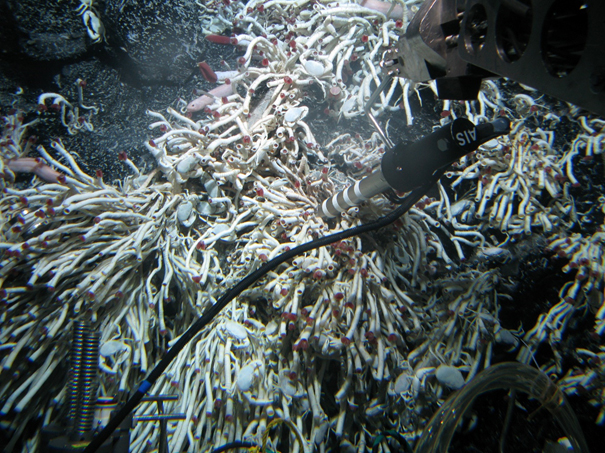 Assist. Prof. Mustafa Yücel is collecting samples from the ocean floor in a previous study in the Alvin Submersible.
Assist. Prof. Mustafa Yücel is collecting samples from the ocean floor in a previous study in the Alvin Submersible.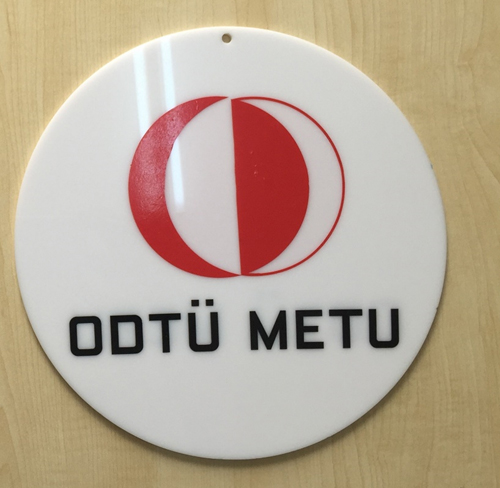 The METU logo was affixed on the front surface of the test probe to be descended to 2,500 meters.
The METU logo was affixed on the front surface of the test probe to be descended to 2,500 meters.
Press News:
- http://aa.com.tr/tr/bilim-teknoloji/odtulu-bilim-insanlari-pasifikin-dibine-inecek/776912
- http://aa.com.tr/en/science-technology/turkish-scientists-to-dive-deep-into-pacific/777290
- http://www.hurriyet.com.tr/odtulu-bilim-insanlari-pasifike-dalacak-40403712
- http://www.milliyet.com.tr/turk-bilim-adamlari-pasifik-in-teknoloji-2418378/
- http://basin-arsiv.metu.edu.tr/23-03-2017/449464#git
Sources:
Mustafa Yucel et al., Nature Geoscience, DOI: 10.1038/ngeo1148
https://www.sciencedaily.com/releases/2011/05/110509151304.htm
ODTÜ-BIG (Bilim İletişim Grubu)










